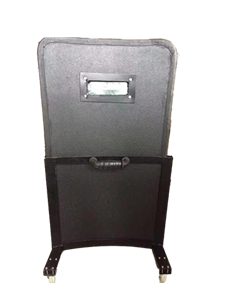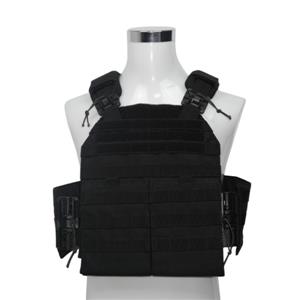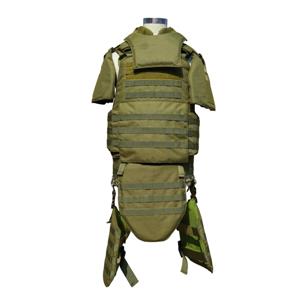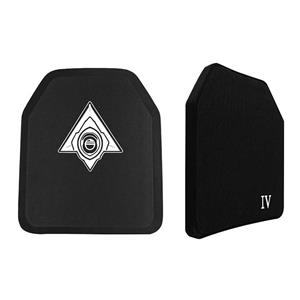Comparison of the Performance of Three Different Materials for Bulletproof Insert Plates
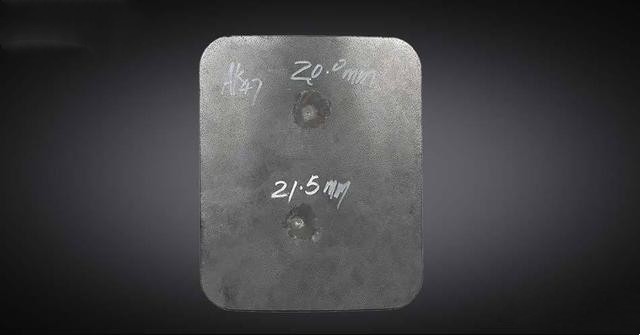
Steel bulletproof insert plate
Steel bulletproof inserts have been in use since World War II and dominated the mainstream market for bulletproof inserts several decades ago. But after the development of polyethylene bulletproof insert plates and ceramic bulletproof insert plates, steel bulletproof insert plates were gradually replaced. Although still used by people, the quantity is relatively small.
Compared to the new bulletproof insert plate, the steel bulletproof insert plate is prone to fragmentation after being ejected from the quilt, which can cause secondary crushing damage to the human body. Moreover, compared to the other two materials, steel bulletproof inserts with the same level of protection are heavier in weight, consume more physical energy from the wearer, and reduce flexibility.
Although the steel bulletproof insert board is the lowest priced among the three types of insert boards, overall, it is not recommended to make it the first choice.
2. Polyethylene PE bulletproof plug board
Polyethylene PE is a new type of thermoplastic material. Polyethylene PE bulletproof insert board is manufactured by bonding unidirectional ultra-high molecular weight polyethylene fibers onto high-density polyethylene board. Cut the sheet into shape, place it in a mold, and compress it under high temperature and pressure to obtain a viscous hard armor plate. Polyethylene uses the friction caused by the rotation of bullets to melt the polyethylene, thereby "sticking" to the bullets. After the rotation stops, the heat is no longer generated and the polyethylene cools and hardens again.
The mass of polyethylene PE plug-in boards is generally around 1 to 1.5kg, which is much lighter than steel and ceramic bulletproof plug-in boards. However, due to the limitations of current material technology, the highest protection level that pure PE plug-in boards can achieve is NIJ III, which cannot defend against rifle armor piercing bullets and more powerful bullets. Moreover, the cost of polyethylene PE is high, and its price is often 200% to 300% higher than ceramic plug-in boards, which is not a good choice.
3. Ceramic bulletproof insert plate
Ceramic plug boards can use various materials, including alumina, silicon carbide, and boron carbide. The reason why ceramics are bulletproof is because of their high specific stiffness, high specific strength, and chemical inertness in many environments. It is better than metal in that metal materials undergo plastic deformation and absorb energy when resisting bullet impact, while ceramics hardly undergo plastic deformation. The bullet will be passivated or even broken due to its high strength and hardness characteristics. The bulletproof layer made of bulletproof ceramic and high-strength high modulus fiber composite plate is used. When the high-speed projectile collides with the ceramic layer, the ceramic layer breaks or produces cracks, which diffuse around the impact point and consume most of the energy of the projectile. Subsequently, the high modulus fiber composite plate further consumes the remaining energy of the projectile. Therefore, the application of advanced ceramics in armor systems is very attractive and has become a widely used protective armor for equipment such as bulletproof vests, vehicles, and aircraft.
The disadvantage of ceramic insert plates is that after being hit, the egg point cannot defend against bullets again. But now the ceramic plug board is lighter and stronger than before, and some manufacturers can even make its weight close to that of PE board. By using different materials, it can also meet various needs such as weight and price.
Under the same size and protection level, ceramic plug plates are lighter than steel plug plates, and their prices are cheaper than PE plates, and even their thickness can be thinner.
Overall, the production of steel bulletproof panels is simple and cost-effective, but they are too heavy and can easily cause secondary harm to users; Although the polyethylene PE bulletproof board is light in weight, its bulletproof ability is poor, and it can only reach the third level of the American standard, and the price is expensive; In comparison, ceramic bulletproof insert plates are not only light in weight and low in price, but also have excellent bulletproof ability. Jingcheng's alumina ceramic bulletproof insert plates have undergone target testing, and the bulletproof level can reach American standard level 4 and national standard level 6. Silicon carbide ceramic bulletproof insert plates have better performance than aluminum oxide plates, making them the best choice for bulletproof insert plates.

